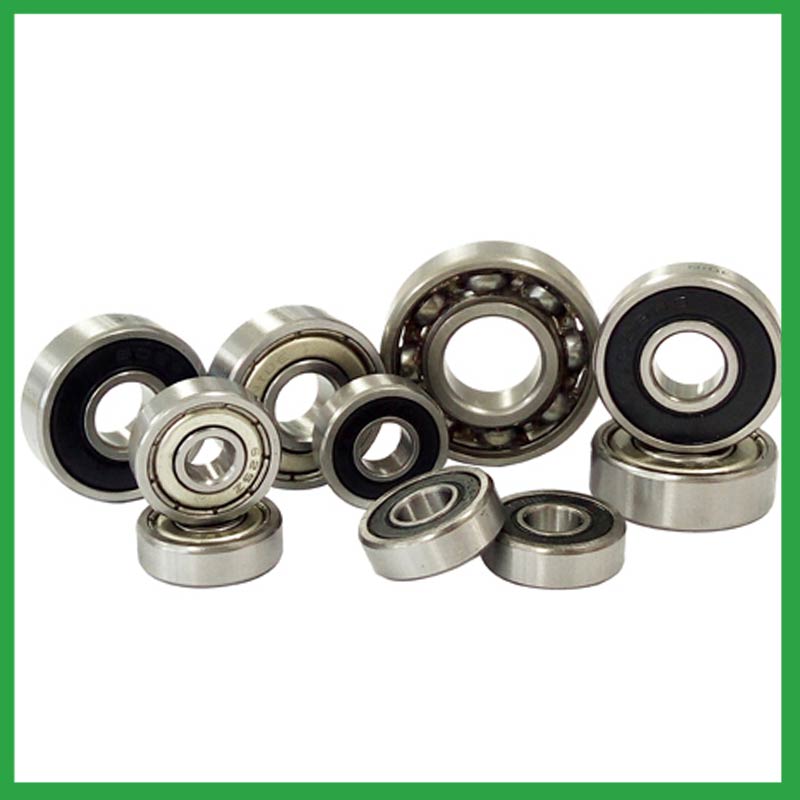PRODUCTS
CONTACT US
Ningbo Nide International Co., Ltd.
一一
· Contact person:Jack Zeng
· Mob/Whatspp/WeChat:0086-13738869026
· Email:emarketing@nide-group.com;marketing4@nide-group.com
· Add:No. 169, Wohushan Road, Daqi Subdistrict, Beilun District, Ningbo, China

Nide team could manufacture ball bearing as per customer’s drawing and samples.
If customer only has samples, we could also design drawing fo r our customer.
We also provide customized service.
Our ball bearing is widely applied the different industrials.
Established in 2010, Ningbo Haishu Nide International Co., Ltd is a modern enterprise specializing in the production of high-density bearings, with a factory area of over 9000 square meters. We have an excellent staff team, excellent production lines, and complete testing methods. Our main products are spherical roller bearings, cylindrical roller bearings, shaft,ball bearing,carbon brush,thermal protector,insulation paper,commutator,fan, etc.
At present, our products have been sold to Europe,Africa,Oceania and other regions, as well as more than 50 countries and regions such as Andorra,Maldives,New Zealand. Strict quality control system, plus strong technical team allow us to offer the reliable machines to our customers. The philosophy of ” Service, Profession, Prompt, Innovation” help us to win the customer favor.
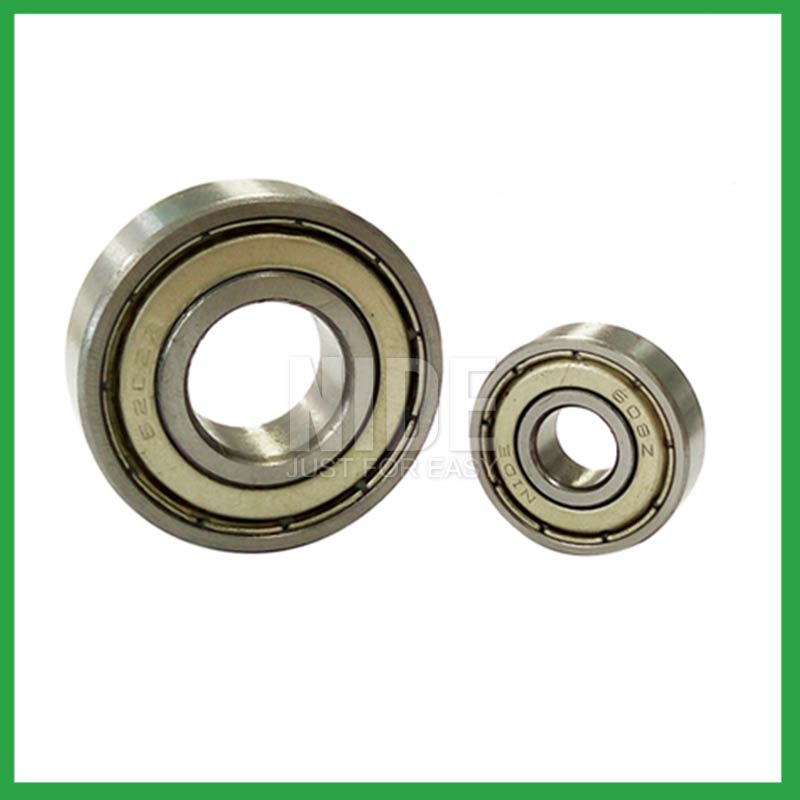
| Parameter | Information |
| Product Name | ball bearing cylinder |
| Place of Origin | Ningbo,China |
| Brand Name | Nide |
| Material | ceramics, etc. |
| Type | Ball |
| Warranty | 3months-1year |
| Port | Ningbo/Shanghai |
| Application | chemical equipment, etc. |
| Size(mm) | customize |
| Color | white+customized |
| Precision Rating | as per customer's requirement |
| Certification | ISO 9001 Certification,CE-stator coil forming machine,ISO9001:2015 certificate,etc |
| Feature | High speed,Good wear resistance...etc |
| Packaging Details | Suitable for sea transportation |
| Service | one-stop service |
| Model Number | ball bearing |
| Supply Ability | 100000-500000 Piece/Pieces per Month |
| Lead time (days) | 15-20 (To be negotiated) |
Please note: The above table data is for reference only. For specific information, please contact us.
ball bearing cylinder is a component with a ball as the rolling element, consisting of an inner ring, an outer ring, and a ball. They form a closed raceway between the rings, and the ball rolls through a curved surface in the raceway.
During the disassembly process, the outer shell should be kept intact to avoid unnecessary damage;
When replacing installation components, attention should be paid to the accuracy of the support components to prevent deformation;
During the disassembly process, attention should be paid to protecting the surface quality of the ball bearing to ensure its performance;
During the operation, attention should be paid to removing surface dust to ensure the quality of the ball bearing.
Ball bearings have many advantages, making them highly competitive in the market.
Firstly, they are very durable and have good wear performance, making their service life longer than many other types of bearings.
Secondly, they are easy to install and can provide low friction performance in various applications.
Thirdly, they require a relatively low level of maintenance, making them cost-effective.
In addition, compared to many other types of bearings, their purchase cost is relatively low, making them an economical choice.




ball bearing cylinder---FAQs Guide
2.Are there ball bearing cylinder designed for extreme temperature environments, such as cryogenic or furnace applications?
3.Are there self-aligning ball bearing cylinder that accommodate misalignment and shaft deflection in rotating equipment?
4.How do manufacturers address concerns related to bearing noise and vibration in sensitive equipment?
5.What are the considerations for selecting sealed or shielded ball bearing cylinder to protect against contamination and retain lubrication?
6.About ball bearing cylinder,What about the lead time?
7.How do different ball bearing cylinder designs, such as deep groove, angular contact, or thrust bearings, cater to specific applications?
8.Can ball bearing cylinder be used in vacuum or cleanroom environments, and what measures are taken to prevent outgassing or contamination?
9.About ball bearing cylinder,Will you check the products before shipment?
10.What are the common materials used in ball bearing cylinder manufacturing?
11.What is the significance of ball bearing cylinder lubrication, and how does it affect bearing lifespan and performance?
12.How do cage designs affect ball bearing cylinder speed and acceleration capabilities in high-speed machinery?
13.Can ball bearing cylinder handle shock loads and high-impact conditions in heavy machinery?
14.How do ball bearing cylinder provide smooth and controlled motion in various mechanical systems, such as conveyor belts or automobiles?
15.Can ball bearing cylinder be customized with special coatings or treatments to meet specific industry standards or regulatory requirements?
16.How do manufacturers ensure the quality and reliability of ball bearing cylinder through material selection and precision machining?
1.About ball bearing cylinder,Can I add my own logo?
Yes, you can add your logo on bearings and packing box. We supply OEM SERVICE including bearing's size, logo, packing, etc.
2.Are there ball bearing cylinder designed for extreme temperature environments, such as cryogenic or furnace applications?
High temperature ball bearing cylinder use specialized lubricants to stand up to high temperatures. Grease-packed bearings are pre-filled with fluorine grease for high temperatures, while YS and SJ bearings use molybdenum disulfide (MoS2) solid lubricant to withstand temperatures up to 350°C and 400°C respectively.
3.Are there self-aligning ball bearing cylinder that accommodate misalignment and shaft deflection in rotating equipment?
These ball bearing cylinder are particularly suitable for applications where misalignment can arise from errors in mounting or shaft deflection. A variety of designs are available with cylindrical and taper bores, with seals and adapter sleeves and extended inner rings.
4.How do manufacturers address concerns related to bearing noise and vibration in sensitive equipment?
From a ball bearing cylinder manufacturing perspective, a low noise or vibration rating is achieved by paying attention to the surface finish of the raceways and balls, their roundness, and selecting the correct cage design. Finely filtered low noise greases can also be used to reduce vibrations.
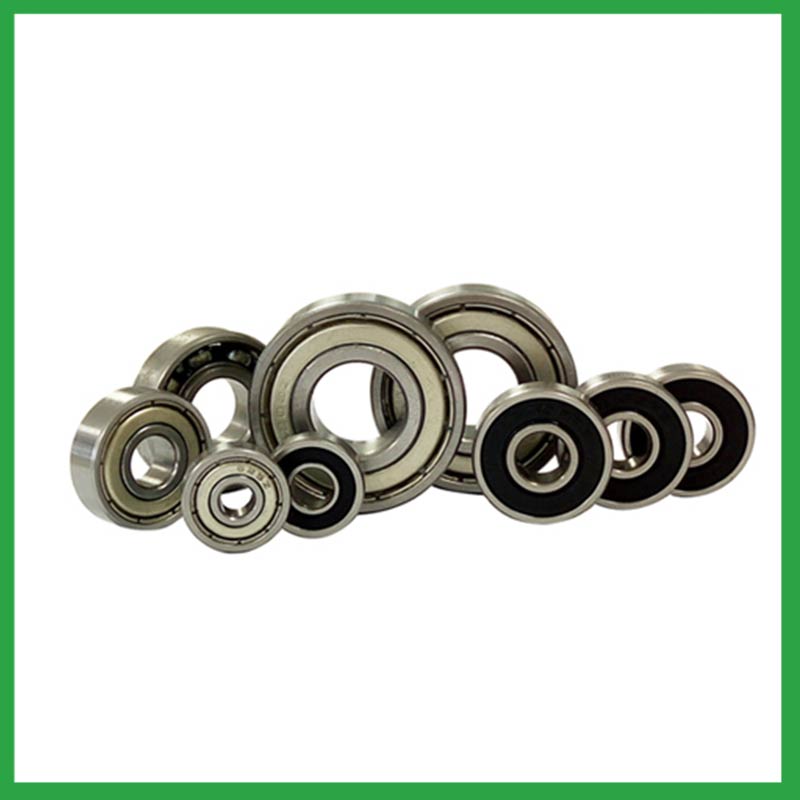
5.What are the considerations for selecting sealed or shielded ball bearing cylinder to protect against contamination and retain lubrication?
First, the environment in which your ball bearing cylinder operate in can help you identify potential contaminants, allowing you to select your shields or seals accordingly. For example, shielded bearings have a gap that can allow finer contaminants or water from washdown applications to enter the bearing and get into the raceways.The challenge for sealing bearings is to seal the bearing by protecting the bearing from contaminants and running efficiencies.
6.About ball bearing cylinder,What about the lead time?
3-7 days for samples, 3-4 weeks for mass production.
7.How do different ball bearing cylinder designs, such as deep groove, angular contact, or thrust bearings, cater to specific applications?
Deep groove ball bearing cylinder: Deep groove ball bearings are the most common type. They can handle both radial and axial loads. Angular contact ball bearings: Angular contact ball bearings have higher than average internal axial clearance. They can handle axial loads in one direction and moderate radial loads.
8.Can ball bearing cylinder be used in vacuum or cleanroom environments, and what measures are taken to prevent outgassing or contamination?
Bearings specify stainless steel for vacuum or cleanroom applications as stainless steels used for the rings, balls and retainer exhibit low outgassing. They usually supply open or shielded stainless steel bearings as vacuum bearings as these will outgas less than a nitrile rubber sealed bearing.
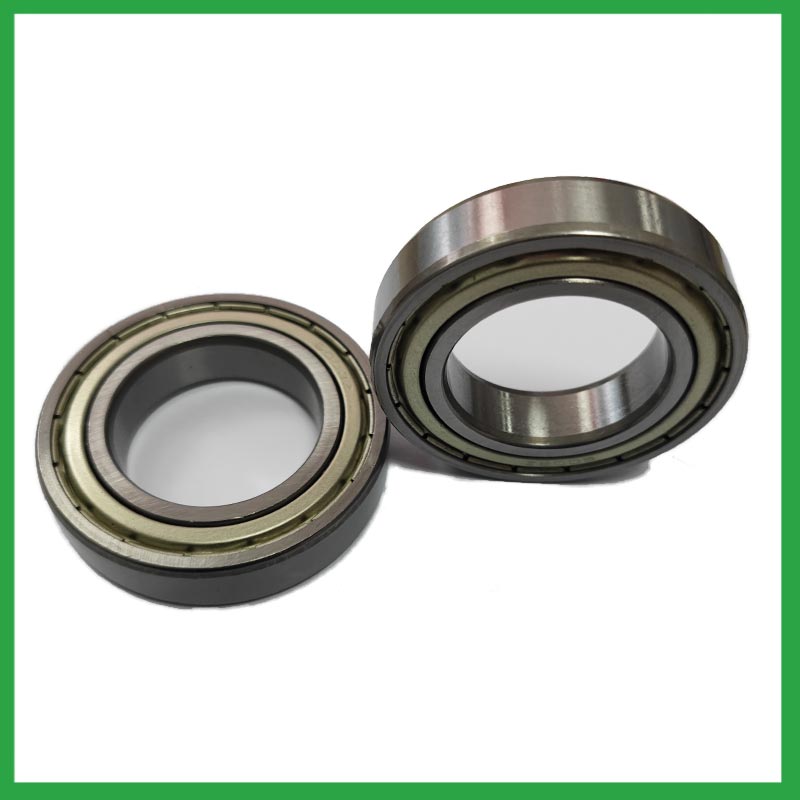
9.About ball bearing cylinder,Will you check the products before shipment?
Yes, We have a professional QC team. Products will be strictly inspection before shipment.
10.What are the common materials used in ball bearing cylinder manufacturing?
Most ball bearing cylinder are made of a type of steel known as high carbon chromium steel, often called chrome steel. This is used for reasons of cost and durability. Bearings are also made from other materials such as stainless steel, ceramics and plastic.
11.What is the significance of ball bearing cylinder lubrication, and how does it affect bearing lifespan and performance?
Bearing lubrication is vital for preserving the performance and lifespan of rolling element bearings. Lubrication helps separate moving parts relative to one another, such as rollers and raceways or balls, to prevent wear and tear and friction.
12.How do cage designs affect ball bearing cylinder speed and acceleration capabilities in high-speed machinery?
In high-speed ball bearing cylinder, external load has a great effect on cage stability and sliding ratio, especially for the bearings at work in the starting process. The cage stability is worse in the beginning of the bearing starting process. The axial load greatly influences cage dynamic performance in the bearing starting process.
In addition, while ball bearings worked under steady conditions, axial load and radial load both have a great influence on cage dynamic performance. The effects of axial load on cage dynamic performance during the bearing starting process are opposite from the effects under steady conditions.
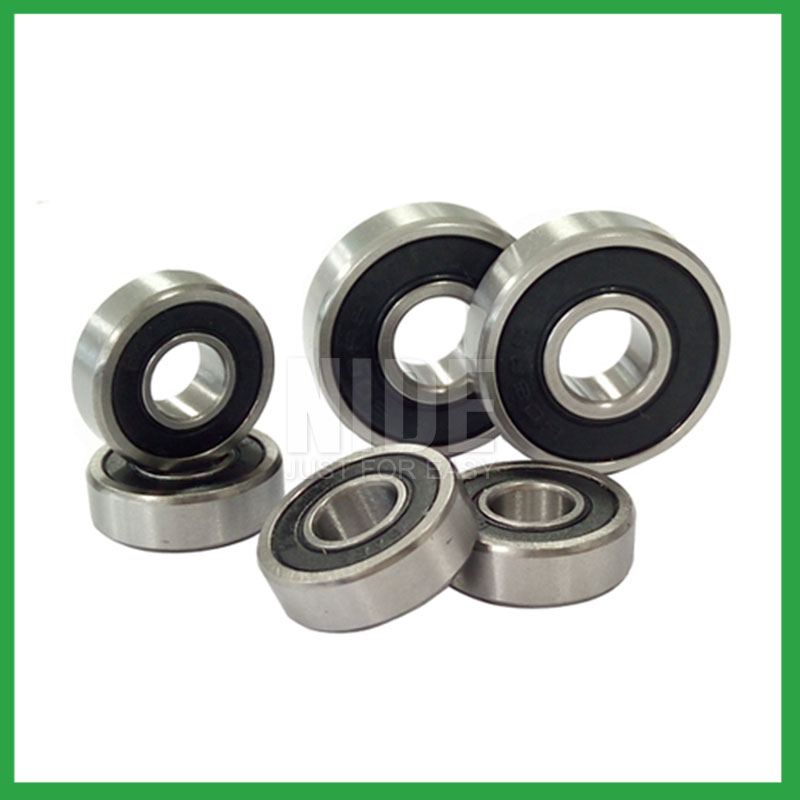
13.Can ball bearing cylinder handle shock loads and high-impact conditions in heavy machinery?
As a general rule, ball bearing cylinder are used at higher speeds and lighter loads than are roller bearings. Roller bearings perform better under shock and impact loading. Ball bearings tolerate misalignment better than roller bearings do. Roller bearings can handle heavy combined radial and thrust loads.
14.How do ball bearing cylinder provide smooth and controlled motion in various mechanical systems, such as conveyor belts or automobiles?
In essence, ball bearing cylinder operate on the principle that it's far more efficient to roll over surfaces than to slide, thereby significantly reducing friction and facilitating smooth movement of machinery parts.
15.Can ball bearing cylinder be customized with special coatings or treatments to meet specific industry standards or regulatory requirements?
Yes, ball bearing cylinder can be customized with special coatings or treatments to meet specific industry standards or regulatory requirements.
1. Corrosion-resistant coatings: These coatings are used to protect the bearings from corrosion caused by exposure to moisture, chemicals, and other corrosive substances.
2. High-temperature coatings: These coatings are used to improve the thermal stability and performance of bearings in high-temperature environments.
3. Food-grade coatings: These coatings are specially designed for applications in the food and beverage industry, where bearings come into contact with food, beverage, or pharmaceutical products.
4. Anti-static and non-conductive coatings: These coatings are used to dissipate static electricity, which can cause damage to electronic components.
5. Specialized lubrication treatments: Bearings can be treated with specialized lubricants that meet specific industry standards or regulatory requirements.
16.How do manufacturers ensure the quality and reliability of ball bearing cylinder through material selection and precision machining?
High-precision measuring instruments, such as micrometers and gauges, are used to check the dimensions of the rings and balls to ensure they meet tight tolerances. Surface Finish Inspection: Surface finish is assessed using profilometers to ensure the required smoothness and low friction characteristics.
